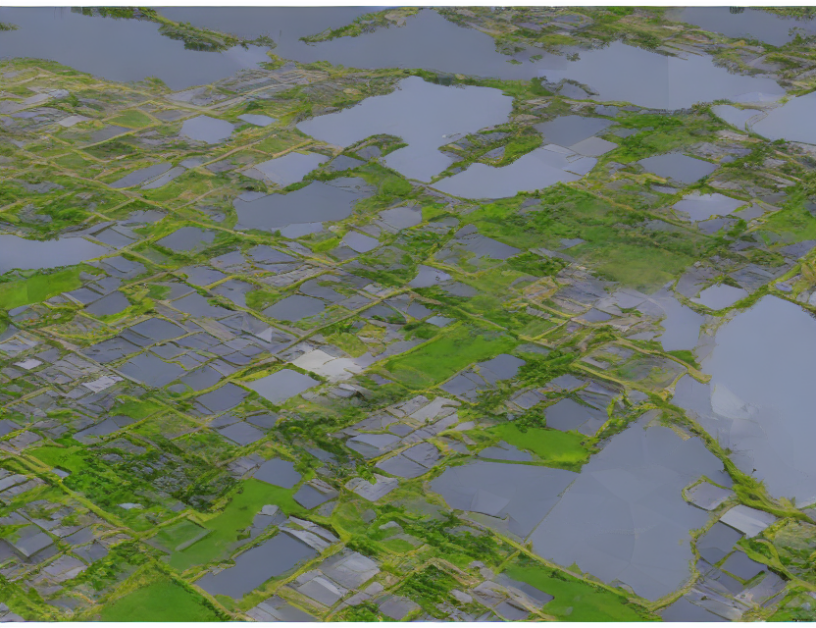In this article, Lu Han, Han-Jia Ye, and De-Chuan Zhan investigate the capacity and robustness trade-off in multivariate time series forecasting. The authors revisit the channel-independent strategy, which is widely used in neural network models for time series forecasting, and explore its limitations.
The authors explain that the capacity of a model refers to its ability to capture complex patterns in the data, while robustness refers to its resistance to errors or distortions in the input data. The trade-off between capacity and robustness is essential because increasing one often comes at the expense of the other. For example, a model with high capacity may be more accurate in predicting the mean value of a time series but less robust in handling outliers or missing values.
To evaluate the trade-off between capacity and robustness, the authors use a dataset of precipitation amounts from multiple stations across different weather stations. They apply various neural network models with different architectures and compare their performance using metrics such as mean absolute error (MAE) and robustness to outliers.
The results show that the channel-independent strategy, which assigns the same weights to all channels in a multivariate time series, is not optimal for forecasting accuracy. Instead, the authors find that adjusting the weights based on the relative importance of each channel leads to improved forecasting performance. Specifically, they propose a method called "channel-dependent strategy," which assigns different weights to each channel depending on their past correlation.
The authors also investigate the effect of robustness on the accuracy of precipitation nowcasting using a large dataset from Microsoft Weather. They find that incorporating robustness into the model improves its ability to handle unexpected events and reduces the impact of outliers on the forecast.
In summary, this article sheds light on the capacity and robustness trade-off in multivariate time series forecasting and proposes a new strategy for improving the accuracy of precipitation nowcasting. By adjusting the weights based on the relative importance of each channel, the channel-dependent strategy offers a more balanced approach to capturing complex patterns and handling errors in the input data. As extreme weather events become increasingly common, accurate forecasting models are crucial for protecting public safety and minimizing damage to infrastructure. This research contributes to that goal by advancing our understanding of the trade-offs involved in building such models.
Computer Science, Machine Learning
Enhancing U-Net Models for Rainfall Prediction via Combination of Training Strategies and Probabilistic Output



